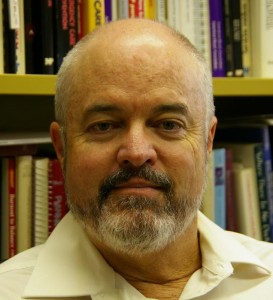 In response to a devastating 7.8 magnitude earthquake that hit Nepal over the weekend, Richard Bissell wrote about the international relief effort in The Conversation. Bissell, a professor of emergency health services, along with his colleague Thomas Kirsch at Johns Hopkins Medicine, analyzed what can be done to improve and effectively maximize resources of international health-oriented disaster responses.
In response to a devastating 7.8 magnitude earthquake that hit Nepal over the weekend, Richard Bissell wrote about the international relief effort in The Conversation. Bissell, a professor of emergency health services, along with his colleague Thomas Kirsch at Johns Hopkins Medicine, analyzed what can be done to improve and effectively maximize resources of international health-oriented disaster responses.
“The most important aspect of this process is called the ‘needs assessment,’ which uses an initial damage assessment to predict what kinds of rescue, health, food and shelter needs exist at that time, as well as what will likely be needed going forward in the near- and midterm. As the needs are established, then the appropriate response can be directed to meet those needs,” Bissell and his colleague wrote.
Bissell also wrote about the need for immediate search and rescue operations and urgent trauma care with a focus on working closely with local medical practitioners and to not use technologies that are beyond local capacities for continued use after the disaster response.
“The lesson here is that international response teams need to know the resilience status of local health care facilities before embarking on a response,” Bissell wrote.
To read the full article in The Conversation titled “What works and what doesn’t in disaster response,” click here.
